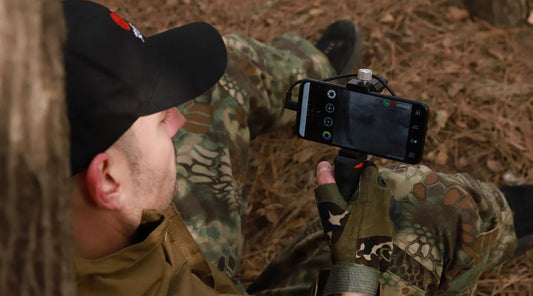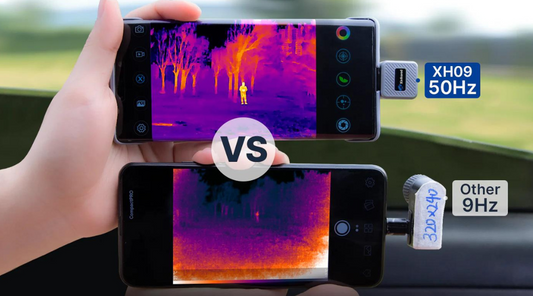Infrared Thermography: Harnessing Thermal Cameras for Effective Electrical Inspections
Introduction:
Infrared thermography, coupled with cutting-edge thermal cameras, has revolutionized electrical inspections across various industries. By leveraging the power of thermal imaging technology, electrical professionals can now detect potential faults, identify hotspots, and ensure the safety and reliability of electrical systems. In this article, we will delve into the realm of infrared thermography and explore how thermal cameras are utilized for accurate and efficient electrical inspections.

Understanding Infrared Thermography:
Infrared thermography, also known as thermal imaging, is a non-contact technique that captures and visualizes the thermal patterns emitted by objects. It relies on the principle that all objects emit infrared radiation based on their temperature. By using a specialized thermal camera, electrical inspectors can capture these thermal patterns and analyze them to identify anomalies.
The Role of Thermal Cameras in Electrical Inspections:
Thermal cameras have become indispensable tools for electrical inspections due to their ability to detect potential issues that may not be visible to the naked eye. By detecting variations in temperature, these cameras enable inspectors to pinpoint hotspots, loose connections, overloaded circuits, and other electrical faults that could lead to critical failures or fire hazards.
One of the primary advantages of using thermal cameras is their ability to perform inspections without disrupting the electrical system. Traditional methods often involve invasive procedures or the need to power down equipment, resulting in costly downtime. In contrast, thermal cameras offer a non-intrusive and time-efficient solution.

Moreover, thermal cameras provide valuable insights into the condition of electrical components, helping inspectors prioritize maintenance tasks and allocate resources effectively. By identifying abnormal heat patterns, potential issues can be addressed proactively, preventing equipment damage, reducing downtime, and enhancing overall safety.
Best Practices for Electrical Inspections with Thermal Cameras :
To maximize the effectiveness of electrical inspections using thermal cameras, following best practices is crucial. Firstly, it's essential to ensure the camera is properly calibrated to provide accurate temperature readings. Regular calibration and maintenance of the camera are necessary to guarantee reliable results.
Additionally, inspections should be conducted under normal operating conditions to capture accurate thermal data. This means considering factors like ambient temperature, electrical load, and other environmental conditions that could influence the readings.
Inspectors should be well-trained in interpreting thermal images to identify potential issues accurately. Understanding the normal temperature ranges for different electrical components and recognizing abnormal patterns are vital skills for effective inspections.
Conclusion:
Infrared thermography and thermal cameras have transformed electrical inspections, enabling professionals to detect faults, prevent failures, and enhance overall system reliability. By harnessing the power of thermal imaging technology, electrical inspectors can efficiently identify anomalies, prioritize maintenance tasks, and ensure the safety of electrical systems. Embracing best practices and staying updated with the latest advancements in thermal camera technology are key to reaping the full benefits of this invaluable inspection tool.




